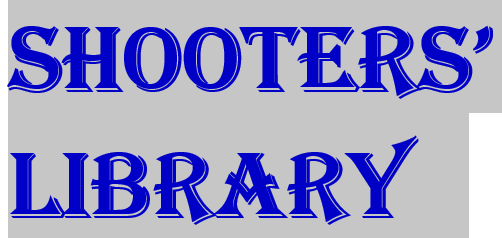
by Larry McMurtry.
Published by Simon and Schuster Inc., Dept. TGM,
1230 Avenue of the Americas, New York, NY 10020.
Price: $20.00 at most bookstores.
This oversize 190-page softbound volume, by the Pulitzer-prize winning author of Lonesome Dove, provides some additional insight on one of the most controversial figures in American history—George Armstrong Custer.
It does so in thirty-five short, unnamed chapters, following a listing of other written works by McMurtry. There is also a list of illustration credits, and a short bibliography, but no index.
Nearly a century and one-half following that June 25, 1876 event on the slopes of the Greasy Grass, no one knows exactly what happened, except that Lt. Colonel Custer and the men immediately with him died. (The only known survivor was one wounded cavalry horse named Comanche.)
This tome is lavishly illustrated, starting with the cover, and ending with a two-page photo of the tombstones on the slope where Custer’s error in judgment proved fetal. Featured are many black and white photos of the Civil War era and Custer’s early career days. (There are a good number of his wife Elizabeth, or Billie, and of others who had some connection to Custer, such as Lonesome Charley Reynolds; Buffalo Bill Cody is included as is his Wild West Show.)
The Custers did not have any children. Why will never be known. McMurtry mentions the possibility of Custer fathering a boy, named Yellow Swallow, with an attractive Cheyenne woman named Mo-nah-se-tah. When Custer was ordered to negotiate a peace treaty with the Comanche and Kiowa tribes, Mo-tah-se-tah was one of the few women he took with him; according to Indian custom Custer was accidentally married to the attractive woman when he placed his hand on her in the Cheyenne camp, and he may have lived with her during the winter of 1868-69. What happened to Mo-nah-se-tah and Yellow Swallow remains a mystery.
This tome features many two-page color illustrations, including an Indian drawing, of the LBH Battle. All are interesting, but what many have incorrect is the use of sabers by the 7th Cavalry members. (According to some records, Custer had ordered all sabers to be left back at Fort Lincoln when they departed.) Yet, many of the paintings show the men of the 7th slashing away with sabers, or wearing them; even Custer in full uniform is so shown in at least one such painting. Only the Indian drawings show the 7th men armed with just the Springfield carbines or a revolver.
This colorful volume is a welcome addition to Custer memorabilia. Custer, who, except for his blunder on the slope at the Little Big Horn, would be little remembered as anything more than a young brevet General in the Civil War. It does not provide any new answers as to what really happened that June 1876, afternoon, but it may provoke some new thinking on the subject.—Larry Sterett



